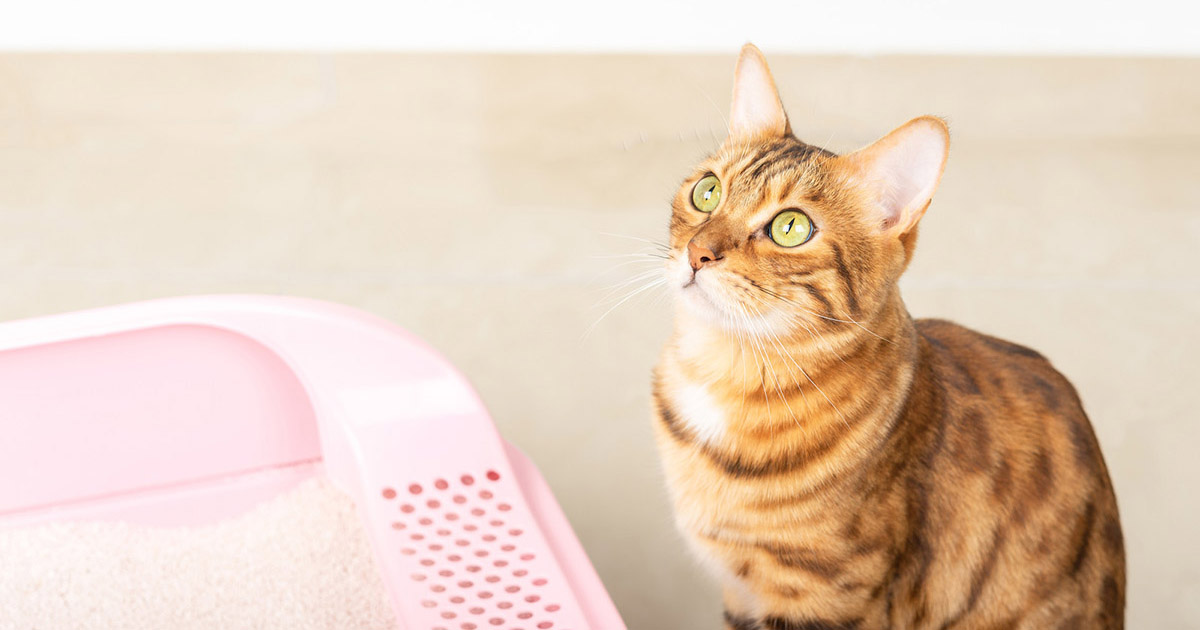Hazards of Flushing Cat Poop Down Your Toilet - Prevent Possible Problems
Hazards of Flushing Cat Poop Down Your Toilet - Prevent Possible Problems
Blog Article
Presented here in the next paragraph yow will discover additional extremely good content in regards to How to Dispose of Cat Poop and Litter Without Plastic Bags.

Introduction
As cat proprietors, it's vital to be mindful of how we throw away our feline good friends' waste. While it may seem hassle-free to flush cat poop down the toilet, this technique can have harmful consequences for both the environment and human wellness.
Environmental Impact
Purging feline poop presents harmful pathogens and parasites into the supply of water, posturing a considerable danger to water environments. These contaminants can negatively impact aquatic life and compromise water high quality.
Health Risks
In addition to ecological issues, flushing pet cat waste can additionally position health and wellness threats to human beings. Pet cat feces may have Toxoplasma gondii, a bloodsucker that can create toxoplasmosis-- a possibly extreme disease, specifically for expecting females and people with weakened body immune systems.
Alternatives to Flushing
Luckily, there are safer and much more liable means to throw away cat poop. Consider the complying with alternatives:
1. Scoop and Dispose in Trash
The most common method of getting rid of feline poop is to scoop it right into a biodegradable bag and toss it in the garbage. Make sure to utilize a devoted clutter inside story and get rid of the waste promptly.
2. Use Biodegradable Litter
Select biodegradable pet cat trash made from products such as corn or wheat. These trashes are eco-friendly and can be securely disposed of in the garbage.
3. Hide in the Yard
If you have a yard, think about burying pet cat waste in a designated location far from vegetable yards and water sources. Make sure to dig deep adequate to avoid contamination of groundwater.
4. Set Up a Pet Waste Disposal System
Buy a pet waste disposal system particularly made for cat waste. These systems use enzymes to break down the waste, reducing odor and environmental effect.
Conclusion
Responsible pet possession expands beyond providing food and sanctuary-- it additionally entails appropriate waste administration. By refraining from purging pet cat poop down the commode and opting for alternate disposal techniques, we can minimize our ecological footprint and protect human health and wellness.
Why You Should Never Flush Cat Poop Down the Toilet
A rose by any other name might smell as sweet, but not all poop is created equal. Toilets, and our sewage systems, are designed for human excrement, not animal waste. It might seem like it couldn’t hurt to toss cat feces into the loo, but it’s not a good idea to flush cat poop in the toilet.
First and foremost, assuming your cat uses a litter box, any waste is going to have litter on it. And even the smallest amount of litter can wreak havoc on plumbing.
Over time, small amounts build up, filling up your septic system. Most litter sold today is clumping; it is made from a type of clay that hardens when it gets wet. Ever tried to scrape old clumps from the bottom of a litter box? You know just how cement-hard it can get!
Now imagine just a small clump of that stuck in your pipes. A simple de-clogger like Drano isn’t going to cut it. And that means it’s going to cost you big time to fix it.
Parasitic Contamination
Believe it or not, your healthy kitty may be harboring a nasty parasite. Only cats excrete Toxoplasma in their feces. Yet it rarely causes serious health issues in the cats that are infected. Most people will be fine too if infected. Only pregnant women and people with compromised immune systems are at risk. (If you’ve ever heard how women who are expecting are excused from litter cleaning duty, Toxoplasma is why.)
But other animals may have a problem if infected with the parasite. And human water treatment systems aren’t designed to handle it. As a result, the systems don’t remove the parasite before discharging wastewater into local waterways. Fish, shellfish, and other marine life — otters in particular — are susceptible to toxoplasma. If exposed, most will end up with brain damage and many will die.
Depending on the species of fish, they may end up on someone’s fish hook and, ultimately on someone’s dinner plate. If that someone has a chronic illness, they’re at risk.
Skip the Toilet Training
We know there are folks out there who like to toilet train their cats. And we give them props, it takes a lot of work. But thanks to the toxoplasma, it’s not a good idea.

I stumbled upon that piece of writing about Don’t flush cat feces down the toilet while scouting around the web. I beg you take a moment to share this post if you liked it. I take joy in reading our article about Don’t flush cat feces down the toilet.
Apply Now Report this page